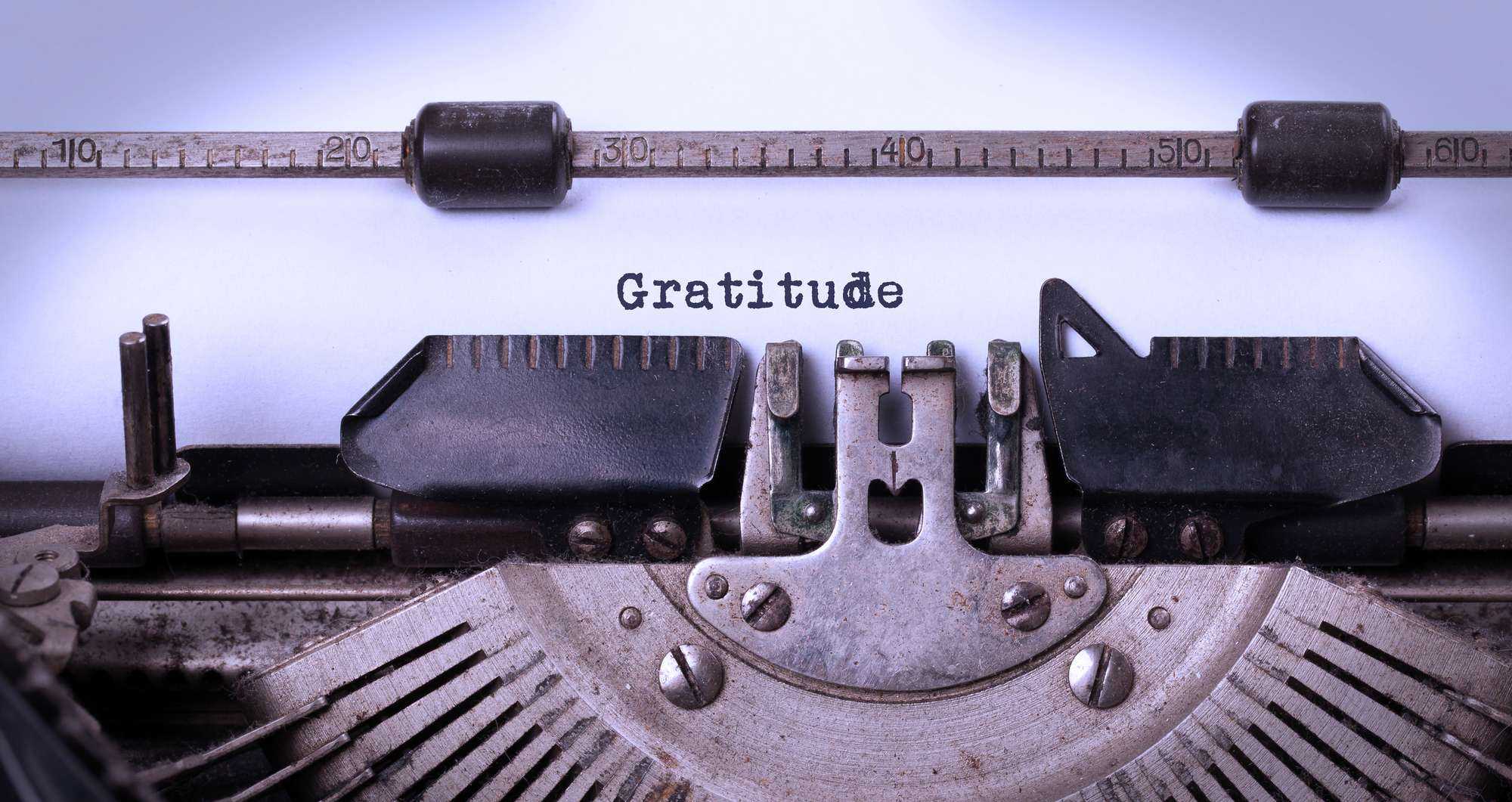BY SABRINA S. – 12 YEARS OLD
Since last years’ stay-at-home order, we have gotten many other stay at home orders. Two months ago, we got another lockdown order, and this rule will officially expire on Wednesday, June 2nd, 2021.
However, this province, Ontario, isn’t set to begin step 1 of its reopening plan until June 14th at the earliest. What does this mean?
It means that after June 2nd, it is no longer illegal to leave your home for non-essential reasons. Residents can see their friends and family outdoors at a limit of five people. Gatherings larger than five people are allowed if the members are of the same household.
The rules of going into the grocery store remain the same since before the stay-at-home order.
Restaurants shall remain closed until June 14th. These restaurants are still offering take-out, drive-through and delivery orders only until the day comes.
Despite several emergency orders continuing, Ontario’s temporary pause on residential evictions will expire on Wednesday as the province’s stay-at-home order lifts.
“A person who is a master of patience is the master of everything else.”
Vaccines have been given to many people across Ontario. 781,163 people have already gotten their second dose.
The vaccine doesn’t make you invincible, it just builds a stronger immune system so in case you ever get the virus, your body knows what to do.
For teens, the only vaccine available is Pfizer because it has been approved by many doctors.

